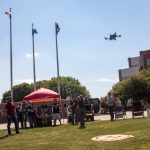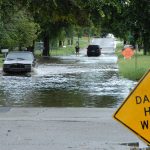
NSSL is testing a radar-based technique that spots areas of cold, dense air inside thunderstorms — a key signal for potential downbursts. These bursts of strong, damaging wind can happen fast, especially during summer storms in the Southeast and Southern Plains.






